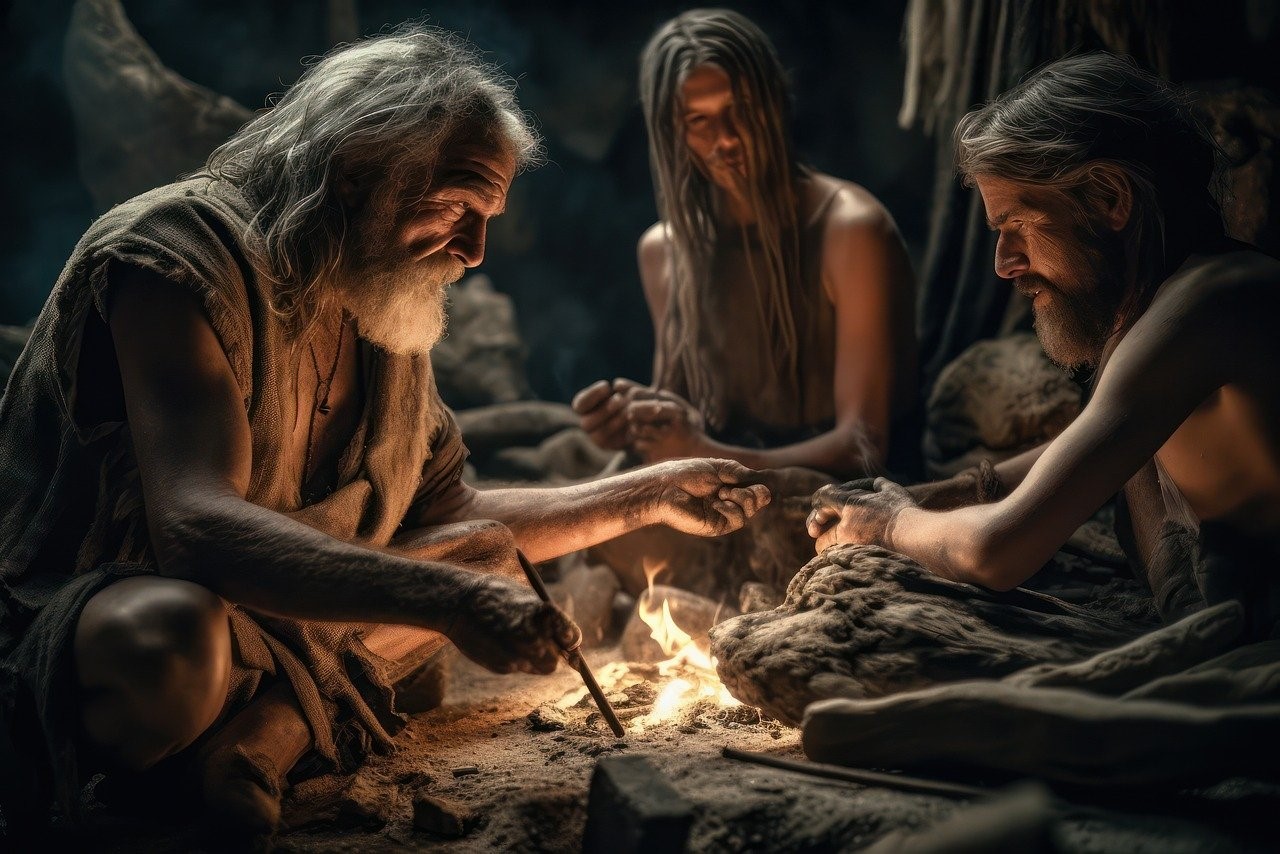Over the course of about 100,000 years, the human population dropped to around 1,300 individuals capable of reproduction – which brought our species very close to extinction.
About a million years ago, early modern humans were on the brink of extinction as their population declined to approximately 1,280 individuals, a number that lasted about 117,000 years. This event coincided with some environmental changes and may have influenced the evolution of modern humans, Neanderthals, and Genesovians.
Scientists came to the conclusion based on a genetic test, and perhaps the event was so important that it could have influenced chromosome formation that is also present in modern humans.
About a million years ago, a terrible thing happened: a so-called bottleneck appeared in the population of modern hominids – during this period, the number of individuals of our first ancestors decreased significantly, and for about 117 thousand years, approximately 1280 people remained. This near extinction event also had a great impact on human evolution.
The term “population bottleneck” refers to a significant decrease in population size. The bottleneck is believed to have lasted for a long time, around 117 thousand years, and is therefore an important part of human history – Live Science report on the results of the new research.
As L.S. writes, according to previous research, modern humans originated in Africa about 300,000 years ago. However, due to the paucity of fossils from that time, there is still much uncertainty about how human evolution appeared before modern humans. So the essence of the current research was to learn more about this period specifically. To this end, the scientists examined the genomes of more than 3,150 modern humans from 10 Africans and 40 non-African populations. They also developed a new analytical tool to determine the size of the group that made up the ancestors of modern humans by examining the diversity of genetic sequences found in their descendants.
Based on genetic data, between approximately 813,000 BC and 930,000 BC, it is estimated that the ancestors of modern humans lost about 98.7% of their reproductive population. As one senior researcher put it:
“For too long, our ancestors experienced such a severe population bottleneck that they were at risk of extinction.”
The exact explanation is not known, but it is certain that such a dramatic population collapse coincided with significant environmental changes, including cooling, the appearance of glaciers, lower ocean surface temperatures, and the potential for prolonged droughts in Africa and Eurasia. All of these factors may have contributed to the monstrous population decline described above.
According to the study, there may be a link between the bottleneck in question and the evolution of modern humans, Neanderthals and Genisov people. The last common ancestor among these groups lived around the same time as Bottleneck (between about 765,000 and 550,000 years ago) – so this long event may have played a role in the separation of these divergent populations. As one researcher puts it, for example, it is possible that during these times populations may have split into small, separate groups due to extreme conditions, and over time the differences between the groups are large enough to categorize these survivors into separate groups. Population – modern humans, Neanderthals, and the Gynesovo people.
Interestingly, the fusion of two ancient chromosomes also occurred during this time – the already known fusion process that led to the formation of human chromosome 2 in humans today coincided with this bottleneck. In the Magyar, this long-standing state of being on the verge of extinction may also be behind this genetic event.
It therefore seems very likely that this long-standing state of being on the brink of extinction had a significant impact on the evolution of modern humans. In addition, it may have played a role in the evolution of Neanderthals and the Gyneszo people. Scientists hope that further research will likely reveal the genetic and environmental factors that contributed to this bottleneck.
However, we can say that it seems that our gray everyday life really hides an old post-apocalyptic story.
(Photo: Pixabay/Franz26)








































